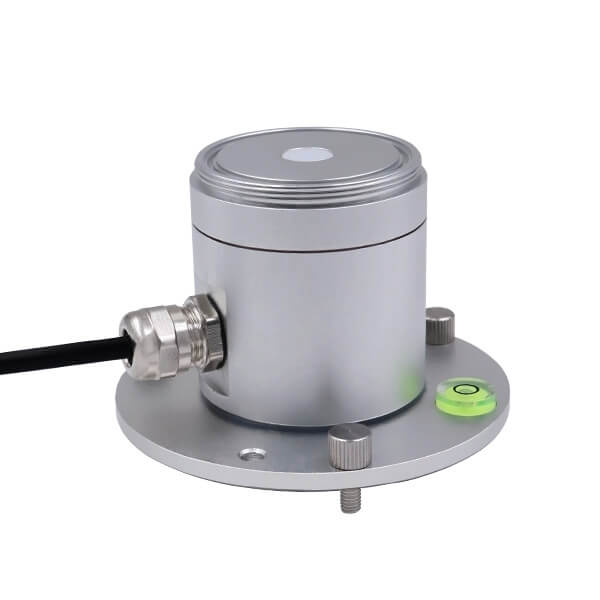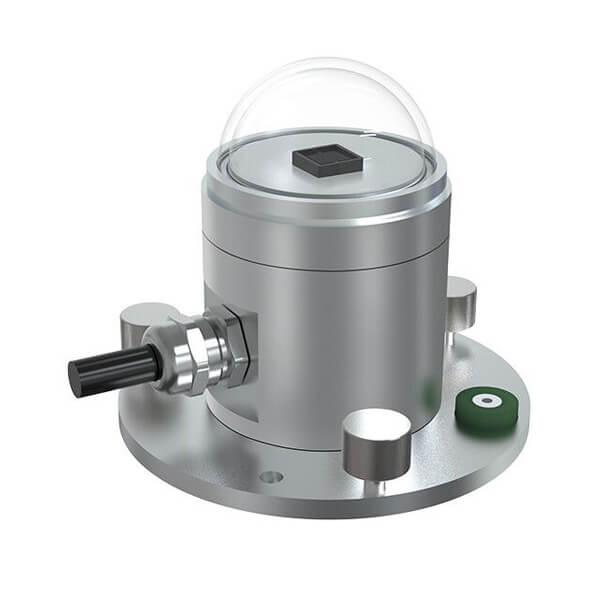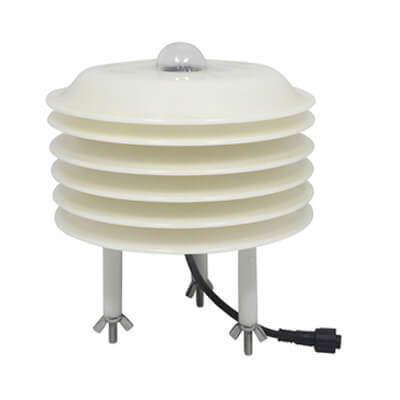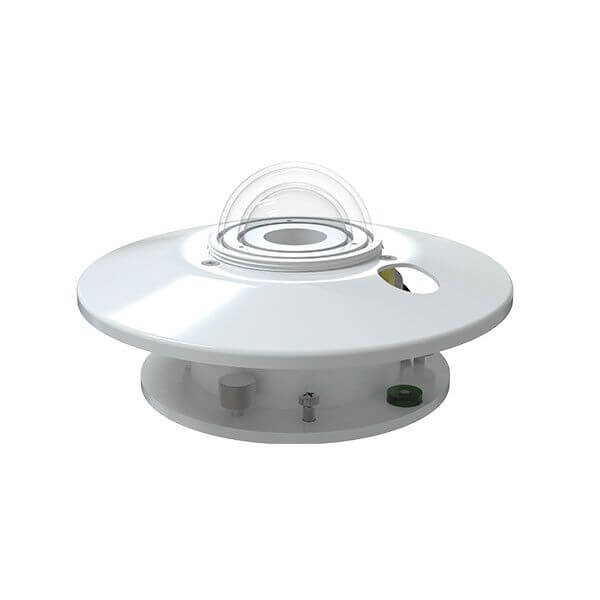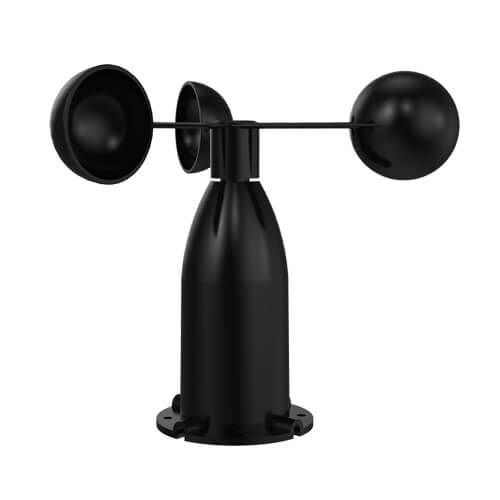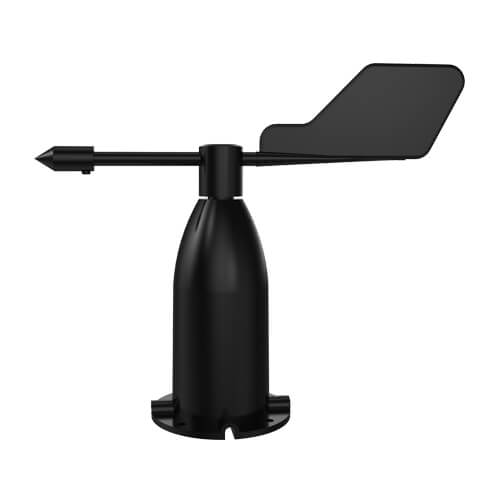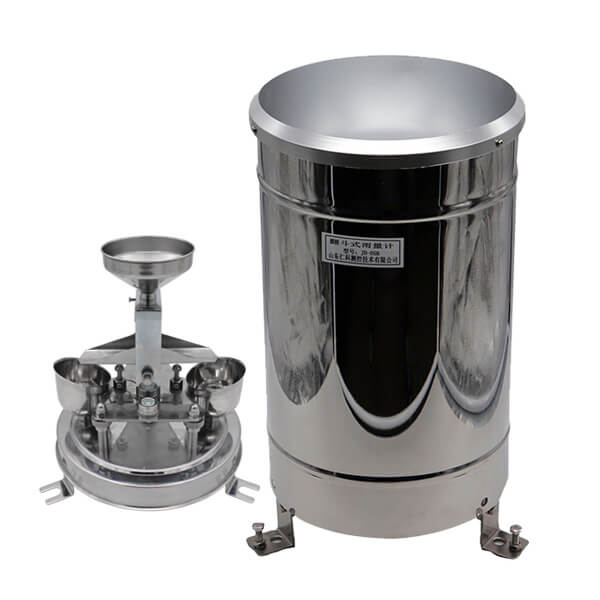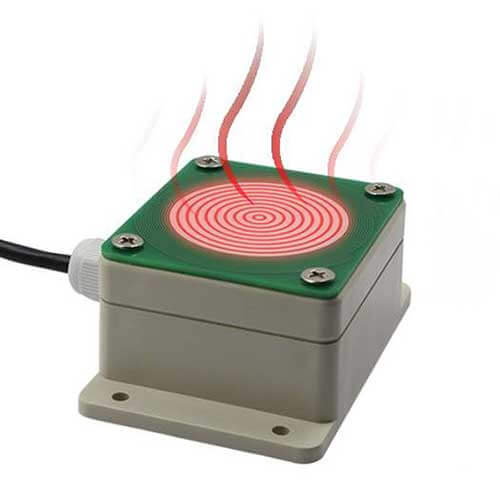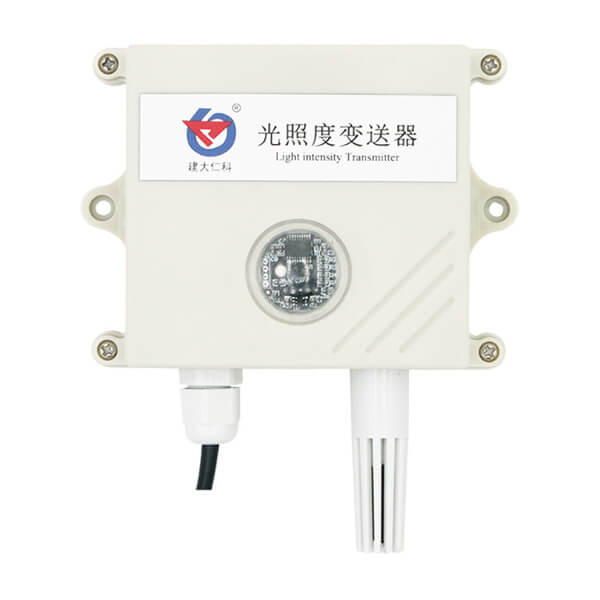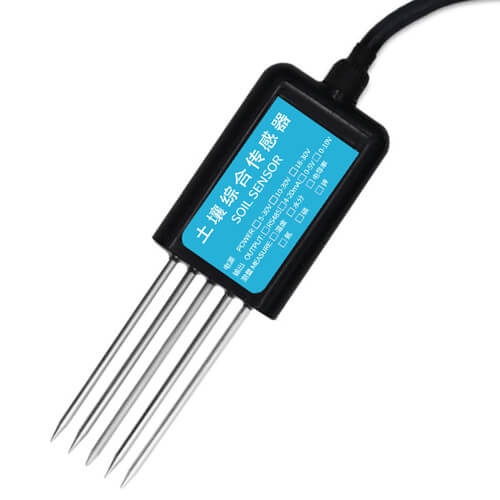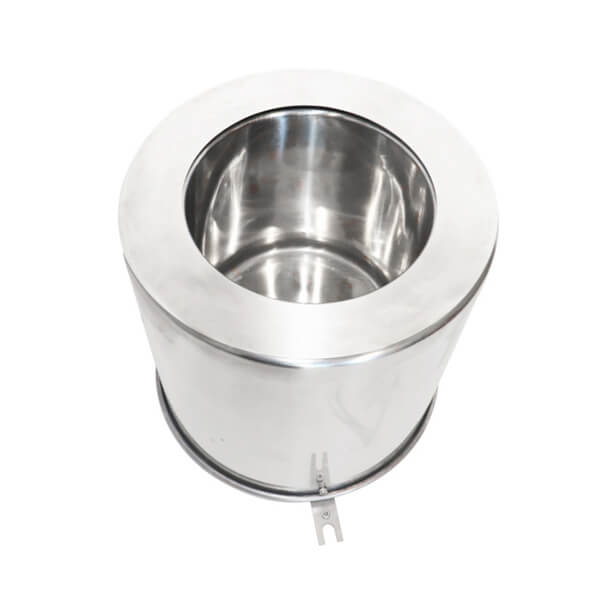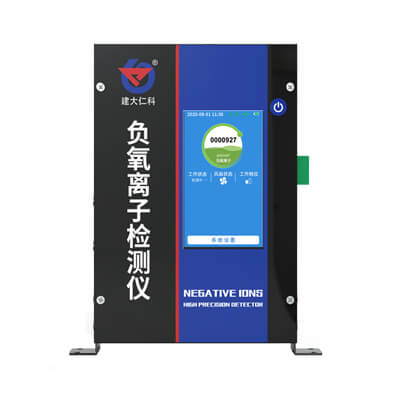Table of Contents What is photosynthetically active radiation? The spectral component of solar radiation that is effective for plant photosynthesis
PAR Sensor
Photosynthetically active radiation sensors are designed to measure light intensity at frequencies associated with photosynthesis. This par sensor has a measurement range of 0 to 2500 umol/m2/sec and a wavelength range of 400 to 700 nm. All aluminum shell material, good waterproof, can be used outdoor for long-term monitoring. Provide you with RS485/0-5V/0-10V/4-20mA and other signal output methods.
- Model: RS-GH-*-AL-EX
- MOQ: 1 PCS
- Delivery date: within 24 hours
- Price: USD 71.30
Overview - PAR Sensor
This par sensor can be used alone for outdoor monitoring of radiation driving photosynthesis, or it can be used with a fixed weather station. Get accurate and cost-effective measurements of photosynthetically active radiation (PAR) from all light sources used to grow plants.
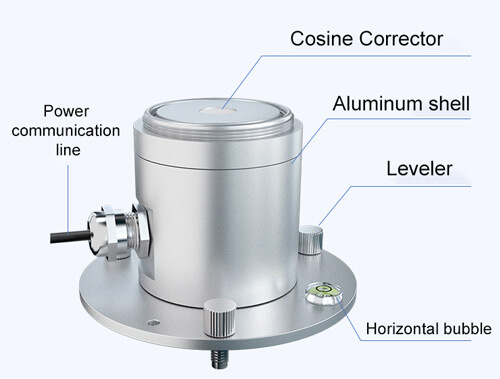
PAR Sensor Features
The PAR (photosynthetically active radiation) sensor adopts the principle of photoelectric induction. The par sensor working principle: when there is light, a voltage signal proportional to the intensity of the incident radiation is generated, and its sensitivity is proportional to the cosine of the direct angle of the incident light. This par sensor uses high-precision photoelectric sensing elements, with high absorption in the 400-700nm spectral range and good stability. The shell adopts special treatment to reduce dust adsorption and effectively prevent the external environment from damaging the internal components. It is widely used in the research of meteorology, agriculture, air pollution, and other fields.
Why Choose Renke PAR Sensor?
High accuracy
The built-in sensor adopts high-precision photoelectric sensing element, which has high spectral responsivity and sensitive response to the spectrum of 400~700nm. A high-quality cosine corrector is used to ensure a standard cosine response, which greatly reduces the measurement error.
Long using life
The overall housing of the Renke PAR sensor is made of a special aluminum alloy that will not accumulate dust and rain. This keeps the sensor clean and minimizes errors caused by dust blocking the radiation path. It can also work normally in harsh environments.
Remote monitoring
The par sensor can be connected to the customer’s own data device or use the free cloud platform we provide. Easily access data remotely, so you can view data through computer/APP anytime, anywhere. Accurate indoor/outdoor PAR measurement.
Parameters - PAR Sensor
| Power supply | 7V~30V DC |
| Output signal | RS485/4~20mA/0-5V/0-10V |
| Power consumption | 485 output: 0.06W, 4~20mA/0~5V/0~10V: 0.7W |
| Working temperature | -30℃~75℃ |
| Response spectrum | 400nm~700nm |
| Measuring range | 0~2500μmol/㎡·s |
| Resolution | 1μmol/㎡·s |
| Accuracy | ±5%(1000umol/㎡·s, @550nm,60%RH,25℃) |
| Response time | 0.1s |
| Linearity | ≤±1% |
| Annual stability | ≤±2% |
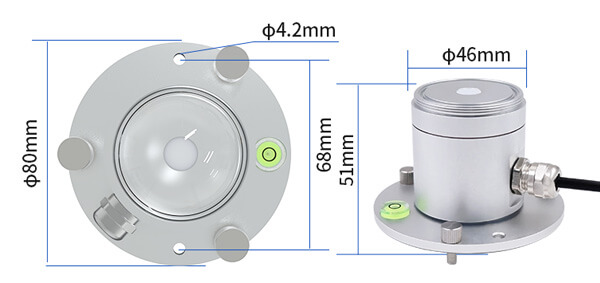
Parameters - PAR Sensor
Here are some frequently asked questions about photosynthetically active radiation sensors, Hope they can help you.
- Secure the sensor to the mounting bracket using screws through the mounting holes on the sensor
- Make sure the device is parallel to the ground (adjust the hand screw and check the level of the bubble to determine whether it is parallel)
- After installation, remove the protective cover
The spectral components of solar radiation that are effective for plant photosynthesis are called photosynthetically active radiation, with a wavelength range of 380-710 nanometers, which basically coincides with visible light. The proportion of photosynthetically active radiation in the direct solar radiation increases with the increase of the sun’s altitude angle, up to 45%. In the scattered radiation, the proportion of photosynthetically active radiation can reach as much as 60~70%.
It is better to measure PAR and total shortwave radiation (PYR); however, PAR can be estimated from total shortwave radiation by using a physically-based model.
Our photosynthetic radiation sensors have been calibrated before leaving the factory, and can be used directly without the need for secondary calibration by customers.
For the par sensor that has been used in a windy and sandy environment for a long time, you can regularly wipe the sensor housing with a soft damp cloth to avoid the accumulation of sand and dust. Periodically check for level and for loose screws.
1. Applied to plant photosynthesis research, vegetation index research, etc.
2. Application in greenhouse
3. Application in agricultural production
Popular Weather Sensors
Table of Contents What is Modbus? Modbus is a serial communication protocol used for communication with Programmable Logic Controllers (PLCs).
Table of Contents What are meteorological sensors? Meteorological sensors are specialized equipment for understanding and measuring climate change. These sensors
With the development of Internet of Things technology, sensors and wireless transmission technology are widely used in smart agriculture. Smart
The main purpose of environmental monitoring is to provide data on environmental quality and changing trends to ensure the safety
The weather sensors are the sensing end of the weather station and collect various weather-related data. The weather station can
Table of Contents What is IoT? IoT is the “Internet of things“. It is an extended and expanded network based
What is smart farming? Smart farming is the application of Internet of Things technology to traditional agriculture, using sensors and
what is a weather station? the weather station also called a weather center, is a device that relies on a
A complete set of a weather station is composed of two parts: hardware and software. The hardware part includes various
Table of Contents Do you know where to mount weather station? The weather station should be installed as far as
Introduction of the agricultural production environment monitoring system: The agricultural production environment monitoring system is composed of greenhouse environment monitoring

